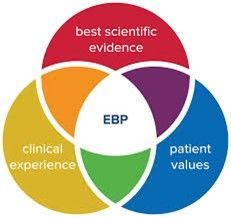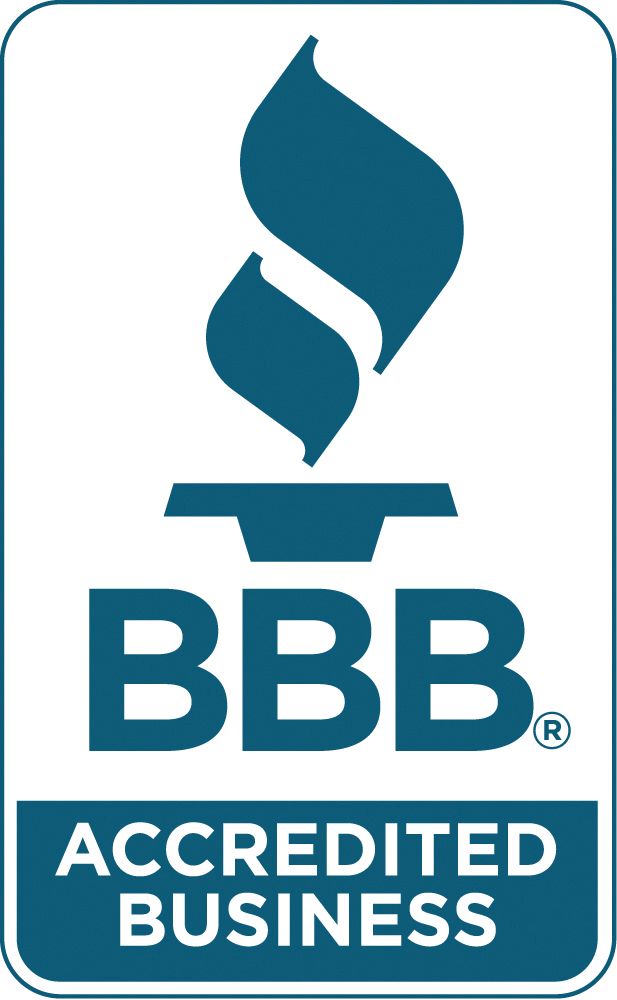Trauma and Managing Triggers: Prevention or Reaction
Preventive measures play a significant role in stopping trauma-related behaviors, helping clients avoid triggers, and developing strategies to manage their trauma. Understanding trauma triggers is a crucial step in managing trauma and can significantly enhance long-term well-being. Individuals who have experienced trauma, whether youths or adults, face substantial effects from their past. Research by Kaiser and the CDC revealed that adverse childhood experiences (ACEs) can impact individuals well into adulthood. The study examines several aspects, including injuries, mental and maternal health, infectious diseases, chronic conditions, risky behaviors, and lost opportunities. Supporting clients in mitigating the effects of trauma is vital.
To improve their coping abilities, clients should concentrate on their trauma triggers. Similar to other stimuli, these triggers precede a person's response. Internally, individuals may encounter feelings or thoughts associated with the traumatic event, such as flashbacks, physical discomfort, or memories. Externally, sensory information might also play a role. Encountering these precursors can lead to maladaptive behaviors, such as self-harm, anger, withdrawal, substance abuse, or sexual acting out. Various psychological treatments provide coping strategies to assist clients in managing their responses during these challenging moments.
The Boketto Center, for instance, lists several grounding techniques on its website. This represents a reactive approach where the client identifies the trigger and employs coping methods. Although beneficial, this strategy does not eliminate the original stress caused by the trauma. An alternative intervention focuses on preventing trauma triggers or identifying their origins. When clients relive or encounter their trauma, they often must respond. However, clients can minimize their effects by understanding which internal or external stimuli are influential. Preventive measures aim to stop trauma-related behaviors from occurring. For instance, if a client resorts to self-harm in response to a trigger, it may serve as a coping mechanism- providing a sense of control or stress relief. By identifying the circumstances that lead to these behaviors, such as recalling their abuser or specific events, clients can take steps to avoid them. They might analyze when they think of the trauma (for example, before bed or during meals) and engage in alternative calming activities- like talking to someone, practicing deep breathing, or exercising- to alleviate anticipated fears. This proactive approach helps clients develop strategies to lessen the impact of their trauma.
Other treatment modalities, such as Eye Movement Desensitization and Reprocessing (EMDR) or neurofeedback, assist clients in altering their cognitive and emotional responses to trauma. These techniques are often associated with more sustainable success alongside behavioral interventions.




